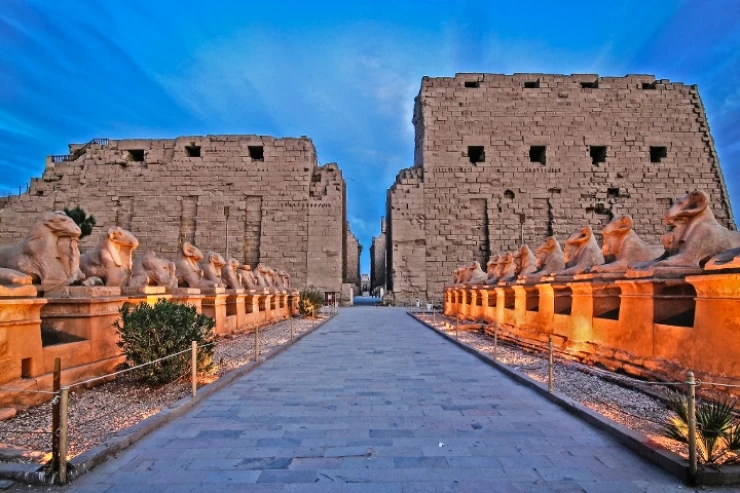
The Twenty-Fourth Dynasty in Ancient Egypt
Facts About The Twenty-Fourth Dynasty
The capital of the short-lived Twenty-fourth Dynasty of Egyptian pharaohs was Sais in the western Nile Delta. A common belief is that this dynasty belongs to the Third Intermediate Period.
In an attempt to invade Upper Egypt, Tefnakhte I assembled the kinglets of the Delta into an alliance. Piye, the Nubian king, became interested in Tefnakhte's war and documented Tefnakhte's invasion and subjugation of Sais and his peers in a famous inscription. Tefnakhte is consistently referred to as the "Great Chief of the West" in two stelas from Shoshenq V's regnal years 36 and 38 as well as Piye's Victory Stela.
Following Tefnakhte, Bakenrenef became the king of Sais and adopted the name Wahkare. A large portion of the Delta acknowledged his authority, including Memphis, the location of multiple Year 5 and Year 6 Serapeum stelas from his reign. Shabataka, the third monarch of the Twenty-fifth Dynasty, raided Sais before his Year 3, took Bakenrenef, and burned him alive, bringing an abrupt end to this Dynasty.
The most prominent kings of the Twenty-fourth Dynasty:
- Tefnut I: Tefnut I is considered one of the most prominent kings of this dynasty. He succeeded in uniting a large part of the Delta under his rule and established his capital at Sais.
- Bakkenranf: Tufnakht I was succeeded by his son Bakanranf, who continued his father's policy of unifying the Delta, but faced great challenges from the Nubian kings.















